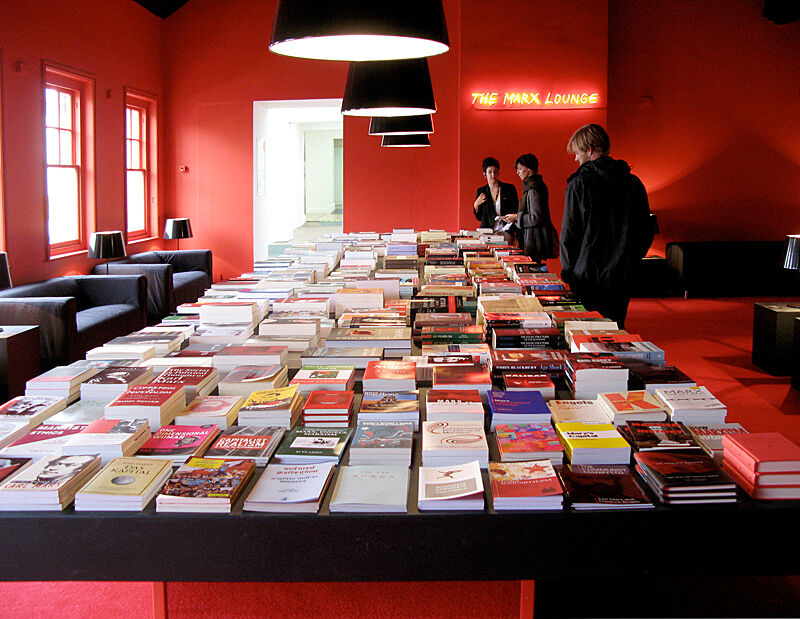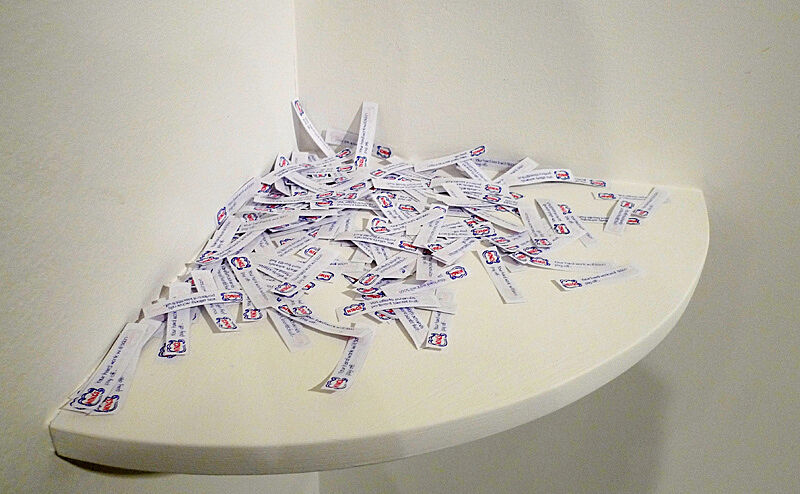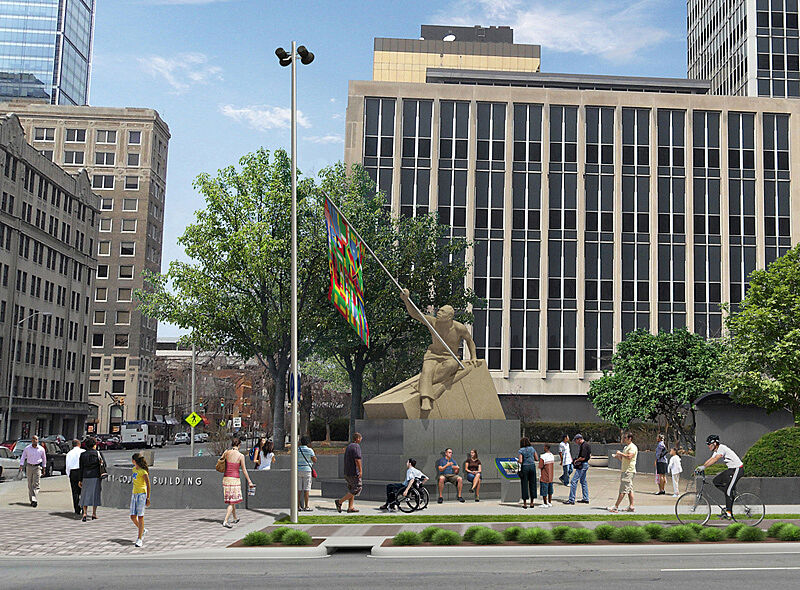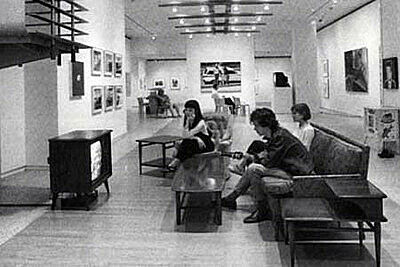Creative Destruction
May 24–June 16, 2012
The Kitchen, 512 W 19th Street
Creative destruction refers to capitalism’s inherent tendency to create new wealth by destroying the previous economic order. Initially described by Marx and Engels in The Communist Manifesto, this concept was popularized in the United States after World War II when economist Joseph Schumpeter adapted it as a model of economic innovation but still warned of its self-destructive nature. Now absorbed into mainstream discussions of the economy, creative destruction is evoked to legitimate the profits produced by such practices as financial speculation, downsizing, restructuring, and the intentional eroding of labor conditions, both in the United States and abroad.
This exhibition reclaims the phrase “creative destruction” in order to emphasize how preexisting systems of representation can be reconfigured for different political purposes. The artists illuminate the way in which certain ideological structures perpetuate a constructed yet naturalized state of inequality. Like many recent global protest movements, they collectively engage in a critical analysis of the existing socioeconomic order.
The exhibition features works by Melanie Gilligan, Hans Haacke, Alfredo Jaar, Liz Magic Laser, Raqs Media Collective, Kerri Reid, SUPERFLEX, and Fred Wilson.
Curated by denisse andrade , Liz Park, Tim Saltarelli, and Kristina Scepanski, Helena Rubinstein Curatorial Fellows of the Whitney Museum of American Art Independent Study Program, 2011–2012.
Please Note
Creative Destruction takes place at The Kitchen (not the Whitney Museum of American Art) and its hours are: Tuesday–Friday, 12–6 pm; Saturday, 11–6 pm. All events held in conjunction with Creative Destruction will take place at The Kitchen. For more information about the specific hours for each event, please consult the calendar.
This exhibition is free and open to the public.
About the Whitney ISP Curatorial Program
The ISP provides a setting within which students pursuing art practice, curatorial work, art historical scholarship, and critical writing engage in ongoing discussions and debates that examine the historical, social, and intellectual conditions of artistic production.
Public Programs
Bringing together perspectives from different fields of expertise, the public programs aim for an interdisciplinary exploration of the term “creative destruction” and the artistic strategy of rearticulation. A series of events investigates the creative process of rearticulation in the realm of public space, cultural production and economics—three key sectors under critical re-evaluation in the wake of the ongoing financial crisis.
Support for the Independent Study Program is provided by Margaret Morgan and Wesley Phoa, The Capital Group Charitable Foundation, and the Whitney Contemporaries through their annual Art Party benefit.
Endowment support is provided by Joanne Leonhardt Cassullo, the Dorothea L. Leonhardt Fund of the Communities Foundation of Texas, the Dorothea L. Leonhardt Foundation, and the Helena Rubinstein Foundation.





